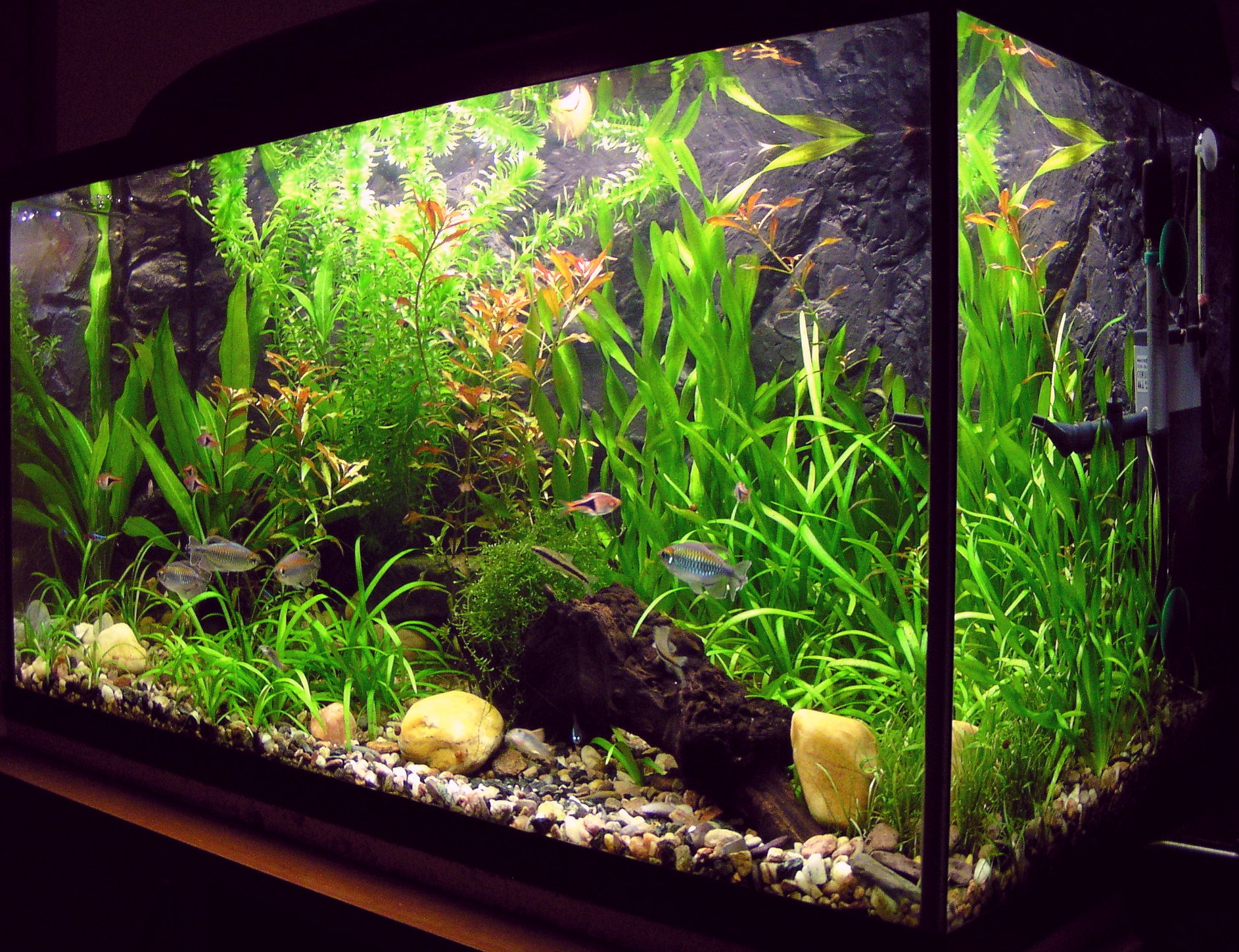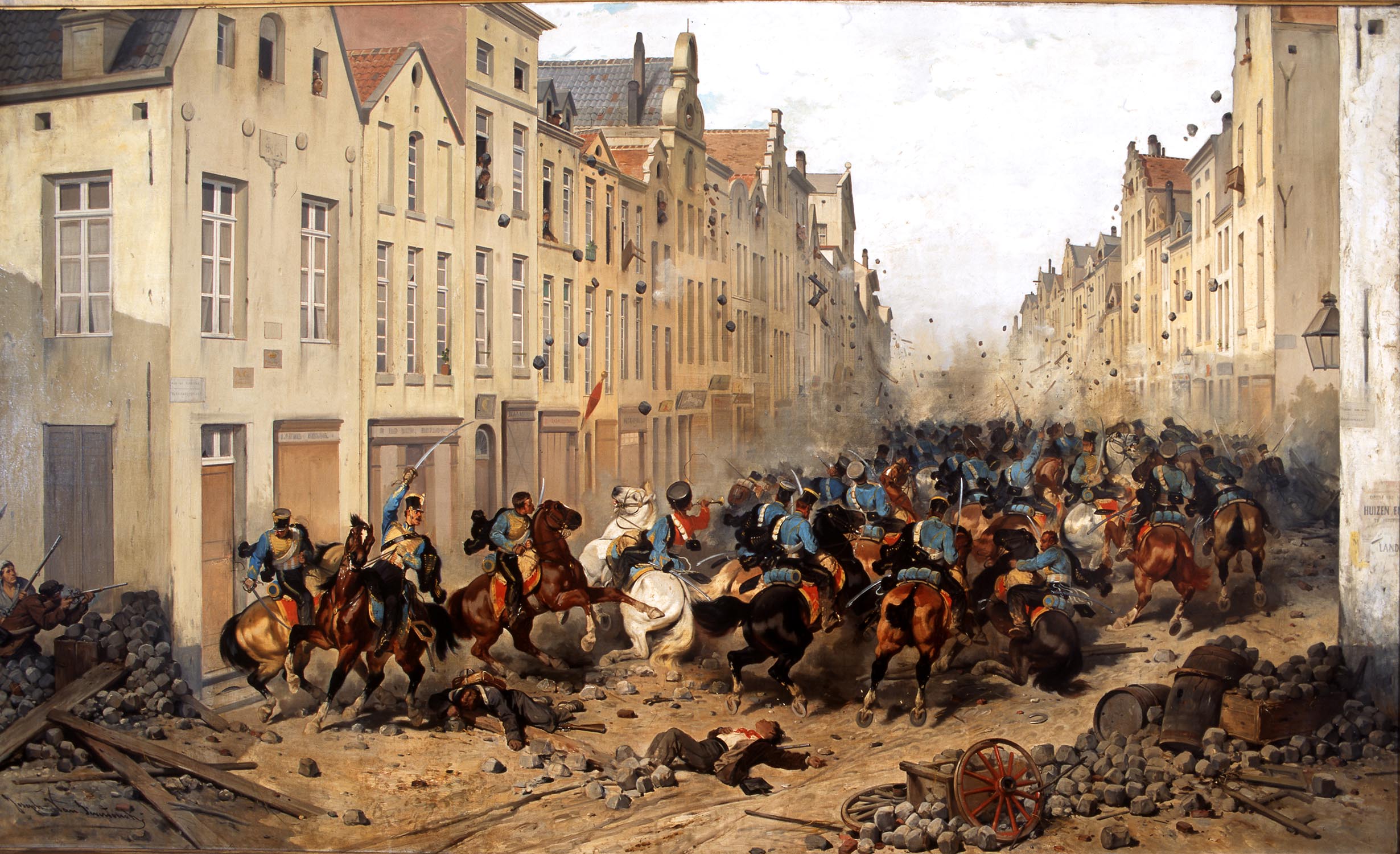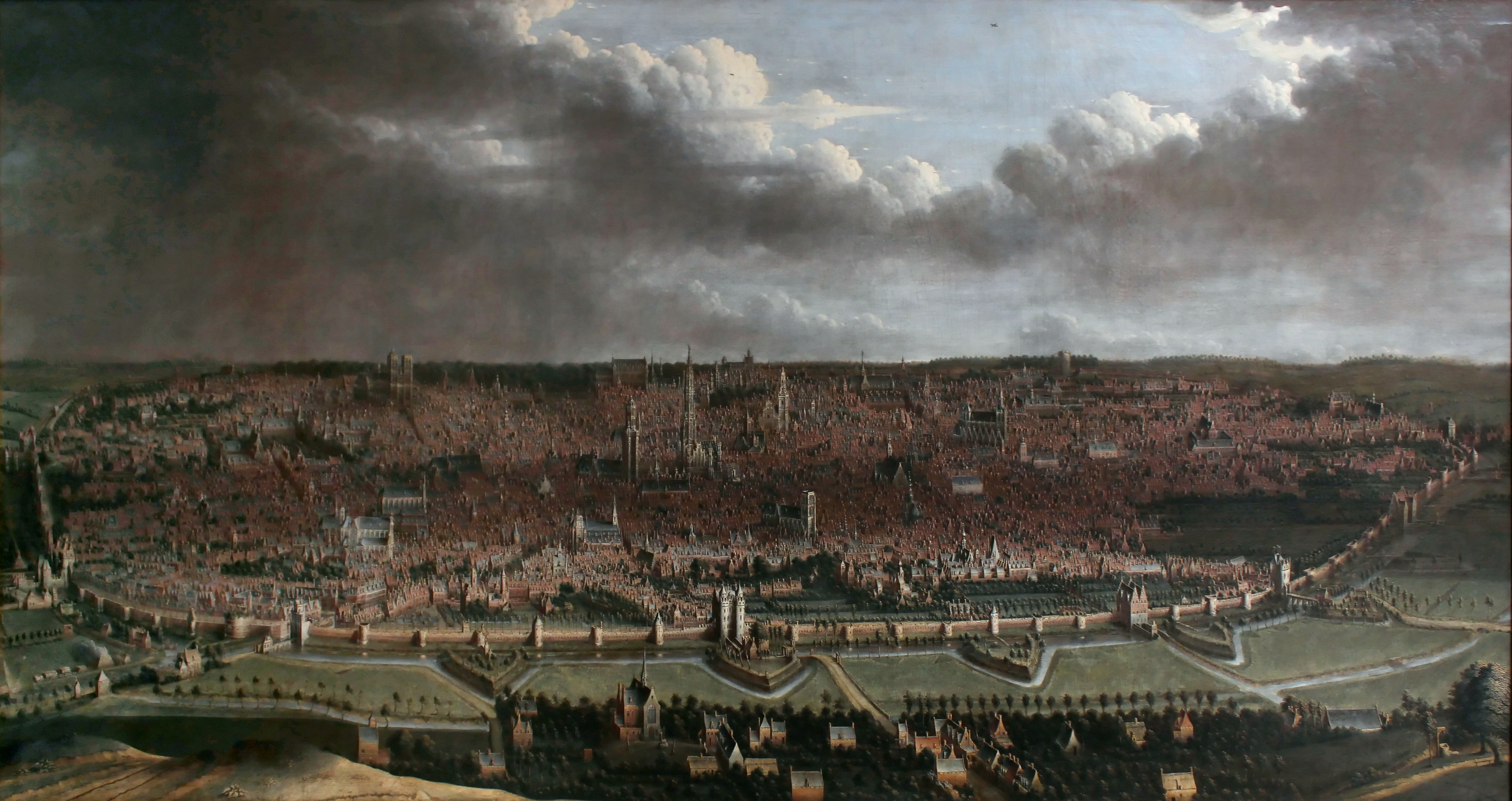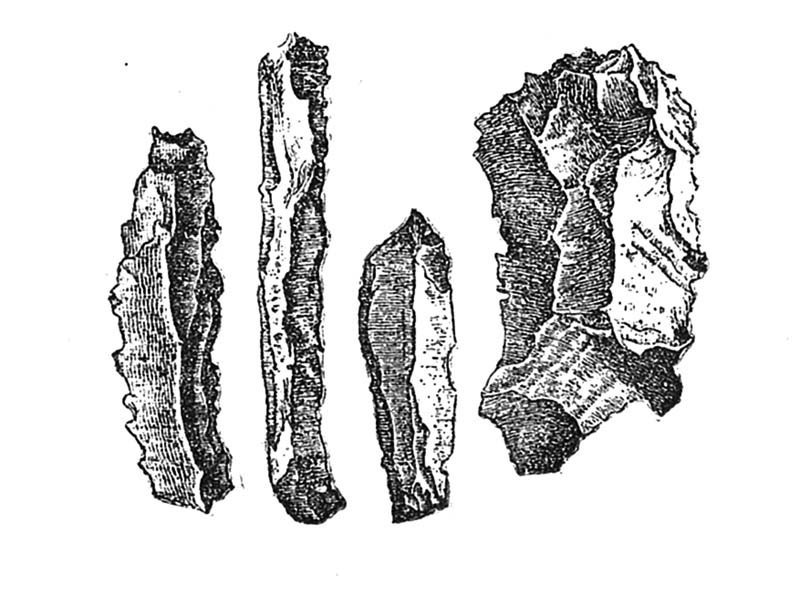|
Plantentuin Meise
Meise Botanic Garden (; ), until 2014 called the National Botanic Garden of Belgium (; ), is a botanical garden located in the grounds of Bouchout Castle in Meise, Flemish Brabant, just north of Brussels. It is one of the world's largest botanical gardens, with an extensive collection of living plants and a herbarium of about 4 million specimens. The current garden was established in 1958 after moving from central Brussels; the former site is now the Botanical Garden of Brussels. Meise Botanic Garden contains about 18,000 plant species — about 6% of all the world's known plant species. Half are in greenhouses, the other half, including cultivated and indigenous plants, are outdoors. The ''Index Herbariorum'' code assigned to this botanic garden is BR, which is used when citing housed specimens. The botanic garden's mission statement specifies increasing and spreading "the knowledge of plants" and contributions to "the conservation of biodiversity". Research at the garden is p ... [...More Info...] [...Related Items...] OR: [Wikipedia] [Google] [Baidu] |
Meise
Meise () is a municipality in the province of Flemish Brabant, in the Flemish region of Belgium. The municipality comprises the towns of Meise proper and Wolvertem (a ''deelgemeente''), and several smaller villages like Sint-Brixius-Rode, Oppem, Meusegem, Impde/Imde, Rossem, Westrode and quarters as Bouchout, Nerom and Slozen. On January 1, 2006, Meise had a total population of 18,464. The total area is , which gives a population density of . Transport The A12 runs vertically through the middle of Meise. Points of interest * Wolvertem transmitter, a facility for AM broadcasting * Bouchout Castle * The wood chapel or in Dutch: 'Boskapel' surrounded by oaks Parks * Meise Botanic Garden * Park 'Neromhof' File:EddyMerckxFactoryInMeise.jpg, Eddy Merckx bicycle factory File:Meise JPG03.jpg, Meise Botanic Garden Nature * The meadows of Wolvertem or in Dutch 'Wolvertemse beemden' * The meadows of the 'Babbelbeek' or in Dutch 'Babbelbeekse beemden' * The wood of Velaert or in Du ... [...More Info...] [...Related Items...] OR: [Wikipedia] [Google] [Baidu] |
Commodate
A commodate (), also known as loan for use, in civil law and Scots Law is a gratuitous loan; a loan, or free concession of anything moveable or immoveable, for a certain timeframe, on condition of restoring again the same individual after a certain time. It is a kind of loan, or contract, with one difference: the commodate is ''gratis Gratis may refer to: * Free (''gratis''), meaning without charge * Gratis, Ohio, a village in Preble County, US * Gratis Township, Preble County, Ohio, US * Gratis Internet, a US referral marketing company See also * Free (other) Free m ...'', and does not transfer the property; the thing must be returned in essence, and without deterioration, so that things which consume by use, or time, cannot be objects of a commodate, but of a loan, because although they may be returned in kind, they cannot in identity. References * *''Webster's Revised Unabridged Dictionary'' (1913) Scots law legal terminology Contract law {{UK-law-stub ... [...More Info...] [...Related Items...] OR: [Wikipedia] [Google] [Baidu] |
Royal Botanic Gardens, Kew
Royal Botanic Gardens, Kew is a non-departmental public body in the United Kingdom sponsored by the Department for Environment, Food and Rural Affairs. An internationally important botanical research and education institution, it employs 1,100 staff. Its board of trustees is chaired by Dame Amelia Fawcett. The organisation manages botanic gardens at Kew in Richmond upon Thames in south-west London, and at Wakehurst, a National Trust property in Sussex which is home to the internationally important Millennium Seed Bank, whose scientists work with partner organisations in more than 95 countries. Kew, jointly with the Forestry Commission, founded Bedgebury National Pinetum in Kent in 1923, specialising in growing conifers. In 1994, the Castle Howard Arboretum Trust, which runs the Yorkshire Arboretum, was formed as a partnership between Kew and the Castle Howard Estate. In 2019, the organisation had 2,316,699 public visitors at Kew, and 312,813 at Wakehurst. Its site ... [...More Info...] [...Related Items...] OR: [Wikipedia] [Google] [Baidu] |
Barthélemy Charles Joseph Dumortier
Barthélemy Charles Joseph Dumortier (; 3 April 1797 – 9 July 1878) was a Belgians, Belgian who conducted a parallel career of botanist and Member of Parliament and is the first discoverer of biological cell division. Over the course of his life, Dumortier named over 688 different taxa, many of which are still in use today. A statue depicting him can be found in Tournai, Belgium, the city where he spent much of his life. The statue was constructed in 1883, by sculptor Charles Fraikin. The statue was damaged by the germans during World War I, but was repaired. Dumortier is depicted in bourgeois clothes, with his right arm folded over his chest and his left arm leaning on political documents supported by a lion. Biography Barthélemy Dumortier was a son of the merchant and city councillor Barthélemy-François Dumortier and of Mariue-Jeanne Willaumez. He married Philippine Ruteau and they had a son, Barthélemy-Noël Dumortier (1830-1915) and seven other children. Barthélemy-Ch ... [...More Info...] [...Related Items...] OR: [Wikipedia] [Google] [Baidu] |
Aquarium
An aquarium (: aquariums or aquaria) is a vivarium of any size having at least one transparent side in which aquatic plants or animals are kept and displayed. fishkeeping, Fishkeepers use aquaria to keep fish, invertebrates, amphibians, aquatic reptiles, such as turtles, and aquatic plants. The term ''aquarium'', coined by English naturalist Philip Henry Gosse, combines the Latin root , meaning 'water', with the suffix , meaning 'a place for relating to'. The aquarium principle was fully developed in 1850 by the chemist Robert Warington, who explained that plants added to water in a container would give off enough oxygen to support animals, so long as the numbers of animals did not grow too large. The aquarium craze was launched in early Victorian era, Victorian England by Gosse, who created and stocked the first public aquarium at the London Zoo in 1853, and published the first manual, ''The Aquarium: An Unveiling of the Wonders of the Deep Sea'' in 1854. Small aquariums are k ... [...More Info...] [...Related Items...] OR: [Wikipedia] [Google] [Baidu] |
Orangism (Belgium)
Orangism (''Orangisme'' in French language, French and Dutch language, Dutch) was a political tradition in Belgium that supported its reintegration into the short-lived United Kingdom of the Netherlands (1815–1830) under the rule of the Dutch House of Orange. It existed principally in the 1830s and 1840s. After the secession of Belgium in the Belgian Revolution in 1830, Orangist sentiment in Flanders and Wallonia for a time sought a restoration of the United Kingdom of the Netherlands. It was a movement directed by William I of the Netherlands as part of his ''"Volhardingspolitiek"'' and containing most of the Belgian elites (including members of the nobility and industrialists) and particularly concentrated in Ghent and Liège. Some of the most prominent Flemish Orangists were Jan Frans Willems and Hippolyte Metdepenningen. Although refusing to participate in parliamentary elections, as they deemed Belgian national institutions to be illegitimate, the Orangists did take par ... [...More Info...] [...Related Items...] OR: [Wikipedia] [Google] [Baidu] |
Belgian Revolution
The Belgian Revolution (, ) was a conflict which led to the secession of the southern provinces (mainly the former Southern Netherlands) from the United Kingdom of the Netherlands and the establishment of an independent Kingdom of Belgium. The people of the south were mainly Flemish people, Flemings and Walloons. Both peoples were traditionally Roman Catholic as contrasted with Protestant-dominated (Dutch Reformed) people of the north. Many outspoken liberals regarded William I of the Netherlands, King William I's rule as despotic. There were high levels of unemployment and industrial unrest among the working classes. On 25 August 1830, riots erupted in Brussels and shops were looted. Theatergoers who had just watched the nationalistic opera ''La muette de Portici'' joined the mob. Uprisings followed elsewhere in the country. Factories were occupied and machinery destroyed. Order was restored briefly after William committed troops to the Southern Provinces but rioting continued ... [...More Info...] [...Related Items...] OR: [Wikipedia] [Google] [Baidu] |
Bourgeois Of Brussels
In City of Brussels, Brussels, as in most European cities, one needed the capacity of Bourgeoisie, bourgeois (equivalent to German Burgher (title), burgher or English Burgess (title), burgess; in French ''bourgeois'' or ''citoyen'' ''de Bruxelles''; in Dutch ''poorter'' or ''borger'' ''van Brussel''; in Latin ''civis'' or ''oppidanus'' ''Bruxellensis'') to exercise Civil and political rights, political rights but also to practice a Craft, trade, which in Brussels meant to be a member of the guilds of Brussels, guilds or of the Seven Noble Houses of Brussels, Seven Noble Houses. The charter of Brussels, as codified in 1570 in Articles 206 and following, provided the conditions of admission to the bourgeoisie of the city. The Bourgeois were the Patrician (post-Roman Europe), patrician class of the city. This social class was abolished by Napoleon during the History of Belgium#French control, French occupation. Capacity of bourgeois The non-bourgeois inhabitants, called "inhabita ... [...More Info...] [...Related Items...] OR: [Wikipedia] [Google] [Baidu] |
United Kingdom Of The Netherlands
The United Kingdom of the Netherlands is the unofficial name given to the Kingdom of the Netherlands as it existed from 1815 to 1839. The United Netherlands was created in the aftermath of the Napoleonic Wars through the fusion of territories that had belonged to the former Dutch Republic, Austrian Netherlands, and Prince-Bishopric of Liège in order to form a buffer state between the major European powers. The polity was a constitutional monarchy, ruled by William I of the Netherlands, William I of the House of Orange-Nassau. The polity collapsed in 1830 with the outbreak of the Belgian Revolution. With the ''de facto'' secession of Belgium, the Netherlands was left as a rump state and refused to recognise Belgian independence until 1839 when the Treaty of London (1839), Treaty of London was signed, fixing the border between the two states and guaranteeing Belgian independence and neutrality as the Kingdom of Belgium. Today, the Netherlands and Belgium are still kingdoms and Lu ... [...More Info...] [...Related Items...] OR: [Wikipedia] [Google] [Baidu] |
City Of Brussels
The City of Brussels is the largest List of municipalities of the Brussels-Capital Region, municipality and historical City centre, centre of the Brussels, Brussels-Capital Region, as well as the capital of the French Community of Belgium, the Flemish Region (from which it is List of capitals outside the territories they serve, separate) and Belgium. The City of Brussels is also the administrative centre of the European Union, as it hosts a number of principal Institutions of the European Union, EU institutions in its Brussels and the European Union#European Quarter, European Quarter. Besides the central historic town located within the Pentagon (Brussels), Pentagon, the City of Brussels covers some of the city's immediate outskirts within the greater Brussels-Capital Region, namely the former municipalities of Haren, Belgium, Haren, Laeken, and Neder-Over-Heembeek to the north, as well as the Avenue Louise, Avenue Louise/Louizalaan and the Bois de la Cambre, Bois de la Cambre/ ... [...More Info...] [...Related Items...] OR: [Wikipedia] [Google] [Baidu] |
Municipalities Of Belgium
Communities, regions, and language areas of Belgium, Belgium comprises 565 municipalities (; ; ), 285 of them grouped into five provinces of Belgium, provinces in Flanders and 261 others in five provinces in Wallonia, while the remaining 19 are in the Brussels, Brussels Capital Region, which is not divided in provinces. In most cases, the municipalities are the smallest administrative subdivisions of Belgium, but in municipalities with more than 100,000 inhabitants, on the initiative of the local council, sub-municipal administrative entities with elected councils may be created. As such, only Antwerp, having over 500,000 inhabitants, became subdivided into Districts of Antwerp, nine districts (). The Belgian Arrondissements of Belgium, arrondissements (; ; ), an administrative level between province (or the capital region) and municipality, or the lowest judicial level, are in English language, English sometimes called districts as well. Lists of municipalities Here are three ... [...More Info...] [...Related Items...] OR: [Wikipedia] [Google] [Baidu] |
History Of Belgium
For most of its history, what is today Belgium was either a part of a larger territory, such as the medieval Carolingian Empire, or was divided into a number of smaller states which were prominent among them. The pre Belgian states being, the Duchy of Lower Lorraine, the Duchy of Brabant, the County of Flanders, the Prince-Bishopric of Liège, the County of Namur, the County of Hainaut and the County of Luxembourg. Due to its strategic location as a country in contact between different cultures, Belgium has historically been called the "crossroads of Europe", and for the many armies fighting on its soil, it has also been called the "battlefield of Europe" or the " cockpit of Europe". Today, Belgium's modern shape can be traced back at least as far as the southern core of the medieval Burgundian Netherlands. The Eighty Years' War (1568–1648) later led to the split between a northern Dutch Republic and the Southern Netherlands from which Belgium and Luxembourg developed. The ar ... [...More Info...] [...Related Items...] OR: [Wikipedia] [Google] [Baidu] |





